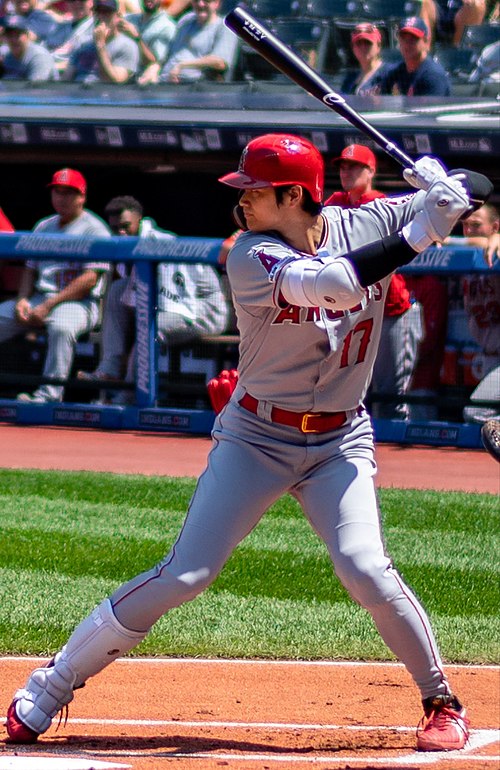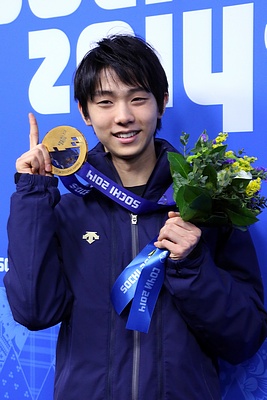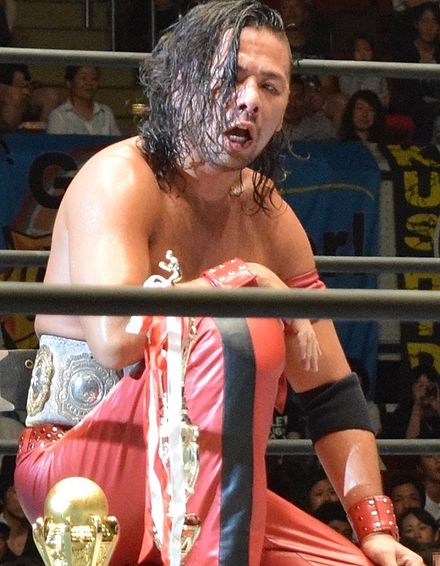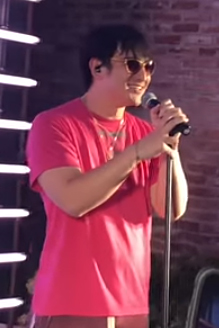昔取った杵柄、なんですが、商社マンとしてキャリアの中で色々な帽子をかぶらされる内の一つとして誇りたいのが「プロジェクトマネージャー職」です。
社内情シス、営業マン、投資担当、事業戦略、ベンチャーキャピタリスト(現職)とか色々やりましたが、プロマネが一番好きかな。
ただ、職種は異なれど、ずっとIT・テクノロジー関係だったので、それはずっと続けていきたいとは思っていまして、下記のインタビュー記事も鈴木が相当に技術オタクだということが分かると思いますw
また、下記はアメリカの技術団体からのインタビューだったのですが、ドメスティック(国内)の仕事よりもグローバルな仕事の方が好きです。
Inside RDK – Iʼm in RDK: Masashi Suzuki, Program Manager, “Project Sunrise,” J:COM
When he was four, growing up Japanʼs Kanagawa Prefecture, Masashi Suzuki read a cartoon magazine about supercomputers ̶ the size of a conference room at the time ̶ and was fascinated. “I couldnʼt understand the technology at that age, but for sure was amazed and interested in the possibilities,” he says. “That was probably the start of my techie-leanings.” Now, at age 40, heʼs a self-professed “gadget guy,” with a home festooned with home automation and virtual assistant devices, like Amazon Alexa and Google Home. Heʼs now the J:COM lead on its RDK deployment, and spent the last few years gathering requirements and shepherding the move to become an RDK community member. Heʼs a lively, informed, and entertaining contributor, as evidenced in this edited Q&A, below:
Q: When and how did you find your way into this industry?
Suzuki: I started my career in 2001 with corporate IT at Sumitomo Corporation, and managed a couple of projects there. At some point, I got mired in a “death march” project, and turned into a sales dog for telco, mobile and cable companies. Even though it was a sales role, I had to study technology a lot to be able to discuss new things coming up, such as VoIP, fixed mobile convergence, voice recognition and so on, with techy (and even nerdy) customers. To deepen my knowledge, in the 2012-2013 timeframe, I studied global software industry/businesses at Stanford University as a visiting scholar. Right after that, I was dispatched to J:COM tech division. Since 2014, Iʼve been a program manager of what we call “Project Sunrise” which covers set top box/cloud system development and service planning. We named it “Project Sunrise” because Iʼd heard that Liberty Global had code-named their RDK program “Project Dawn.”
Q: How did you hear about the RDK / what attracted you to it?
Suzuki: In 2013, some folks at J:COM had a meeting with the godfather of RDK, then-CTO of SeaChange, Shiva-san (Patibanda, now CTO and Head of TV Platforms at Ericsson Broadcast & Media Services.) They were amazed at the concept and accomplishments that were happening with the RDK. I read the report, and thought, this is it, for our next-gen STB! Up until then, we had struggled in our set-tops with performance issue, bugs, and sluggishness in functionality, code additions and software. RDK seemed to be the perfect way to solve for all of that. We actually got started in 2014, gathering requirements and designing the platform.
Q: To what extent is RDK a part of your day-to-day workload and focus?
Suzuki: RDK is definitely the core of our set-top box project work. Weʼre currently doing design work with a hardware vendor and a middleware vendor. The key here is a “loose” integration of software among RDK, middleware, the Japanese local broadcast spec called “ARIB” and Japan-specific, hardware-based conditional access systems. The ARIB implementation will be especially tough, because in many ways it is like a dinosaur fossil. In order to support a future state with multiple set top box vendors, reduced CAPEX, and integration of ARIB and CAS into the RDK, the software has to be absolutely loose, or abstracted. This is something we would like to learn from the European RDK community, which went through something similar with the DVB specs.
Q: What are the main advancements you wish to get out of the RDK?
Suzuki: More than anything else, competitiveness, in the long run. On top of satellite, FTTH and mobile players, we too have to compete with OTT, which is slowly but steadily eroding our market. Consumers in Japan like new stuff, and theyʼre relatively “early adopters,” even compared with the global marketplace. With RDK, we can benefit from the ecosystem, and we expect to be able to launch new features quickly. Then, J:COM can appeal to our customers because we can honestly say, “weʼre as advanced as Netflix, Amazon, YouTube, Google, Facebook” etc.
Q:You will be the first in the RDK community to solve for 8K video. Whatʼs that like / what does it take / whatʼs the work of it?
Suzuki: 8K is a big deal, but we have to be careful that our set top box doesnʼt get too big. I mean, 8K is hot, but our box canʼt be too hot! To get there, we will need to embed into the box a dedicated 8K decode chip, and HDMI 2.1, as well our Sunrise software. The HDMI 2.1 spec was just released in November. Then, the interfaces with main video chipset have to be designed thoroughly.
Considering the balance of cost and performance, we have to come up with the right amount of memory and hard disc drive. Additionally, software issues like tuner multitasking, decoders, recording, transcoding to tablets, and UI ̶ all have to be tackled. But first I have to check if I can physically fit an 8K TV set into my apartment elevator and through the front door!
Q: Whatʼs one thing you wish more people knew about the RDK?
Suzuki: People in Japan have the image of RDK as “cool stuff.” Yes, itʼs cool as
Hokkaido! (Google it..) But seriously, it is cool, as long as we develop and maintain our software with an agile methodology and in a DevOps way. RDK is an awesome tool and can be a catalyst, but it may not be a silver bullet. We are the one who need to build an ecosystem, keep the integrity of our software, and eventually find solutions to be competitive.
Q: Whatʼs your view on the importance of working at the “tip of the trunk”?
Suzuki: It is like sushi for the Japanese – we canʼt live without it. And it has to be fresh all the time! You canʼt put it on the table or store it in the backyard for very long, because it can go bad very fast. And if that happens, you get sick.
But when you serve fresh sushi to customers, you become more competitive. To see the true nature of what Iʼm saying, you really have to watch the movie called “Jiro Dreams of Sushi.” But in an RDK sense, the way to achieve the kind of freshness we appreciate in sushi, is to have tools to keep you at the tip of the trunk. Something like the True RDK Toolkit, like Espial offers, as one example.
Q: Whatʼs the favorite thing youʼre working on right now ̶ defined as “you have tons of other stuff to do, but you keep getting drawn back to that”?
Suzuki: Watching Sumo wrestling on the test set-top boxes in the office. I wasnʼt really into it until recently, when I saw a Sumo tournament in a real stadium, with Steve Heeb and Jason Briggs, of RDK Management, when they came to visit in November. It was the first time in my life that Iʼd seen it live, and now, I canʼt take my eyes off of Sumo TV programs. Itʼs highly addictive! The bonus is being able to watch TV programs while developing set-tops, in the sense of “no, no Iʼm not watching TV. Iʼm testing.”
Q: Whatʼs something about you that not many people know?
Suzuki: I love running marathons, swimming, cycling and the combination of them, the triathlon. In bicycling, I participate in “Brevets,” which involves riding a bicycle for over 200km and for 12+ hours. To project members and vendors, I say, “I am a triathlete, thus I am very persistent. Be careful.” My next goal is to finish 1200km Brevets, in France, and an “Ironman Triathlon,” in Hawaii. The Ironman consists of a 3.8 km swim, a 180 km bicycle ride, and a 42.195 km full marathon. After finishing it, I will be able to say, “I can be as hard as iron to you. Be careful.”
Q: What are you doing when youʼre not working?
Suzuki: I work night and day, weekdays and weekends, in the office and from home as a program manager. On top of that, I do training for triathlons, and work out. Any little time I have, I enjoy spending with my eight-year-old daughter, Manaka. Her name means “true song.” Set top box development is tough, and life is tough. But as she grows up, I hope she will find truth in her life as if she sings songs merrily, and that we find happiness with RDK and DevOps. Iʼm writing a long letter to her ̶ itʼs up to almost 150 pages now ̶ which expresses my concern for the future of this, a little staggered country, and advises her for her future. My plan is to publish it or open-source it ̶ I am not sure right now. But the important thing for her is to work hard and adapt to the changes caused by innovation and technology. I am lucky I can talk to her about my job and relate the kinds of things Iʼm working on, like state-of-art in technology, and the RDK. I really appreciate the support and help of RDK Management and look forward to working with everyone in the RDK community.





























